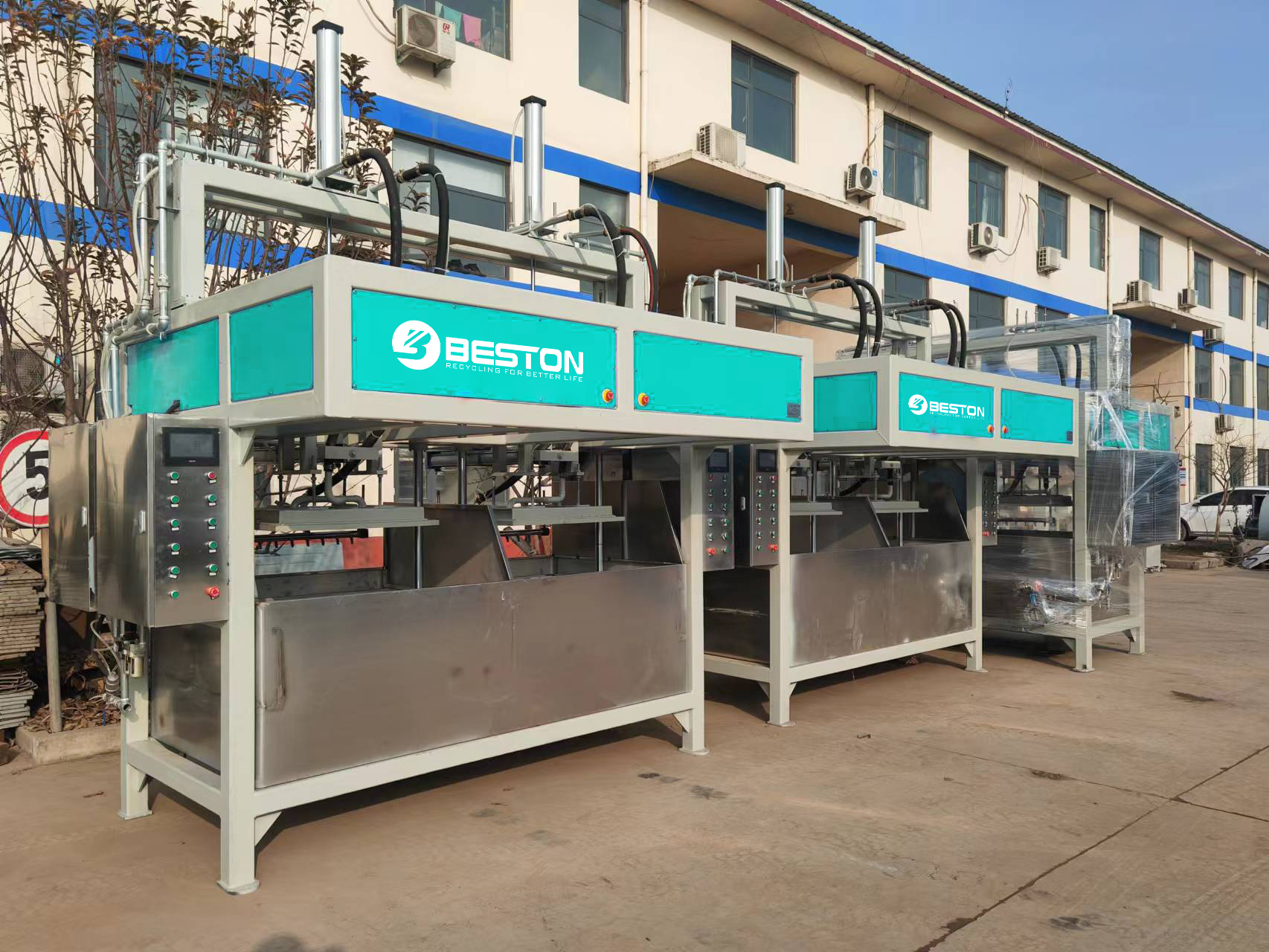Mold customization stands at the core of functional diversity in molded pulp packaging machinery. It determines not only the end-product geometry but also its protective capability, stacking efficiency, and compatibility with automated handling systems. As demand for biodegradable and application-specific packaging increases, mold versatility has become a critical criterion for manufacturers in the packaging sector.
Importance of Mold Design in Production Efficiency
Within a paper pulp egg tray making machine or fruit tray machine, the mold governs the structure of the molded fiber product. Whether forming a 30-cell egg tray, a multi-cavity apple tray, or a bespoke industrial insert, precise mold engineering ensures dimensional accuracy and consistent fiber distribution. Mold defects directly affect product tolerances, leading to rejection or instability during transport.
Advanced mold sets are fabricated from corrosion-resistant alloys or reinforced plastics, enabling high-frequency operation without dimensional deformation. For high-output industrial packaging machinery, where operational uptime is paramount, mold durability equates to long-term cost efficiency.

Material Considerations in Mold Fabrication
Different molds serve varying industrial packaging machinery applications, and material selection reflects these distinctions. Aluminum molds, due to their thermal conductivity and lightweight characteristics, are favored for applications requiring rapid drying cycles. Stainless steel options offer extended lifespan in corrosive environments or when using variable-grade raw materials.
Coated or non-stick mold surfaces enhance product release efficiency, reducing cycle time and minimizing manual intervention. This is especially relevant in a fruit tray machine where intricate contours must be retained without fiber clumping or edge distortion.

Mold Types and Application-Specific Adaptations
Mold customization can be categorized into:
-
Standardized cavity molds – Common in the paper pulp egg tray making machine, these feature uniform dimensions suited for poultry farm operations or commercial distribution.
-
Deep cavity or reinforced cell molds – Designed for high-shock applications like industrial component packaging or heavy fruit varieties.
-
Custom-profile molds – Used for niche molded pulp packaging machinery outputs such as cosmetic holders, medical tray inserts, or electronics cushioning elements. These molds require CAD-based prototyping and precise CNC machining to achieve unique contours.
In multipurpose systems, interchangeable mold plates allow operators to switch between products with minimal downtime. This flexibility supports agile production cycles across seasons or product lines.
Integration with Automation Systems
Modern molded pulp packaging machinery increasingly incorporates robotic arms, stackers, and conveyance systems. For seamless integration, molds must align with downstream automation dimensions and handling tolerances. Even minor discrepancies in mold output can disrupt packing sequences or automated quality control systems.
Hence, mold customization must include not just product fit but also compatibility with the full production ecosystem—covering drying conveyors, hot-press molds, and stack-forming systems.
Economic and Operational Implications
Although mold customization involves higher initial tooling costs, it enables high-precision outputs tailored to specific market needs. For producers operating multiple pulp packaging lines—such as a combination of paper pulp egg tray making machine and fruit tray machine—the ability to adapt mold profiles unlocks multi-sector market access without duplicating machinery investments.
Furthermore, customized molds reduce material wastage by optimizing pulp usage and minimizing post-trim requirements, leading to improved throughput and unit cost reduction.
Conclusion
Mold customization in pulp moulding machines plays a pivotal role in aligning packaging outputs with functional, structural, and commercial expectations. Whether serving agricultural, consumer goods, or industrial sectors, tailored mold systems within molded pulp packaging machinery ensure both product performance and operational agility. As environmental mandates and customer-specific requirements continue to evolve, mold adaptability will remain a defining asset in the production strategy of modern packaging enterprises.
